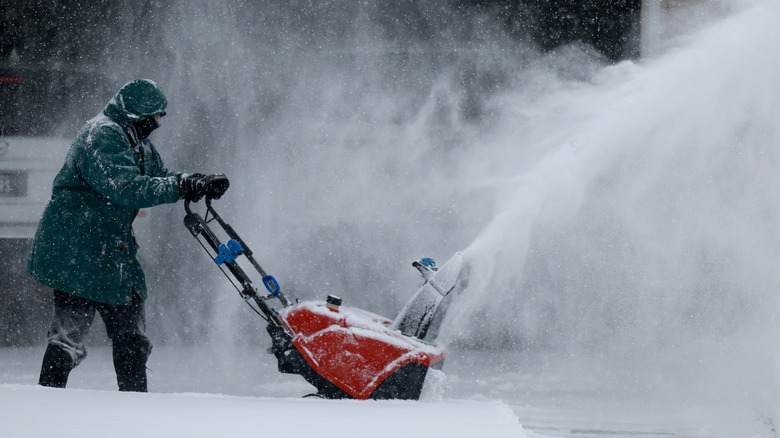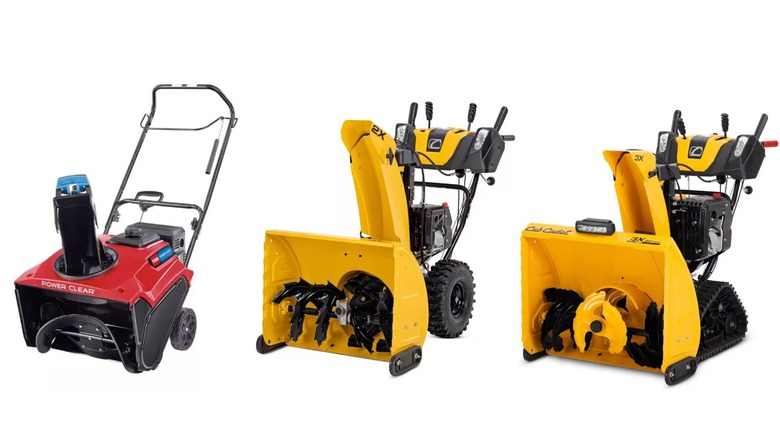Snow Blowers: What's Different Between Single Stage, 2-Stage, And 3-Stage Machines?
In the 1950s, The Toro Company would change how everyday people clear their sidewalks and driveways of snow with the first mass-manufactured, walk-behind snow blower. Those who reside in areas that don't suffer brutal winters can't appreciate the importance of this invention in saving time, energy, and, most importantly, the health of your back. Over the years, these machines have evolved, such as RYOBI's new 40V battery-powered snow blower. Getting ready for the colder months is important, and while a snow blower is a great step, it's just one of the practical RYOBI tools that will keep you prepared for winter.
If you're new to snow blowers or are looking to upgrade, you may have noticed that these machines are put into categories such as single-stage, two-stage, and three-stage. When comparing these distinct stage levels, they differ in terms of operation, price and effectiveness. Your choice of snow blower stage will depend on a few factors, such as the length and steepness of your driveway, what type of snow your region receives (powdery versus icy), and whether you'll need a machine that can handle more than 12 inches of snowfall. Fortunately, there are plenty of great options to choose from, and several of the best snow blowers at Home Depot are ready to help you tackle Jack Frost with ease.
Single, two, and three-stage snow blowers: what sets them apart?
Every snow blower uses an auger, which is essentially a massive turning screw, that grabs the snow and throws it out of a chute as you move along. However, two- and three-stage machines have some extra features that enhance their capabilities.
Due to its rubber auger, a single-stage model is ideal in powdery conditions with less than 12 inches of snow on flat pavement. Single-stage snowblowers aren't self-propelling, meaning you'll have to push them forward as you go, making inclines and large areas more effort-intensive. However, this is the most economical option — single-stage machines start at just a few hundred dollars.
When you step up to the two-stage machine, you can clear a wider path than the single-stage and handle tougher jobs with wet snow and ice. The inclusion of an impeller fan helps move more material, so you can handle deeper snow up to around 23 inches. Some models offer skid shoes, which raise the auger housing to accommodate non-paved surfaces. These machines retail for much more than single-stage, on average starting at around $880.
For the most challenging jobs, the three-stage machine offers the most capability and time efficiency, especially when tackling large areas. Three-stage models include not only the auger and impeller fan but also an accelerator component, which spins opposite the auger, helping to clear ice and send material upwards of 50 feet. However, this type of snow blower is the priciest, starting at around $1,500.

